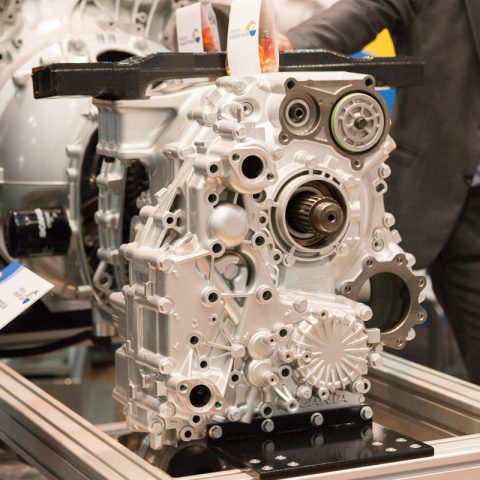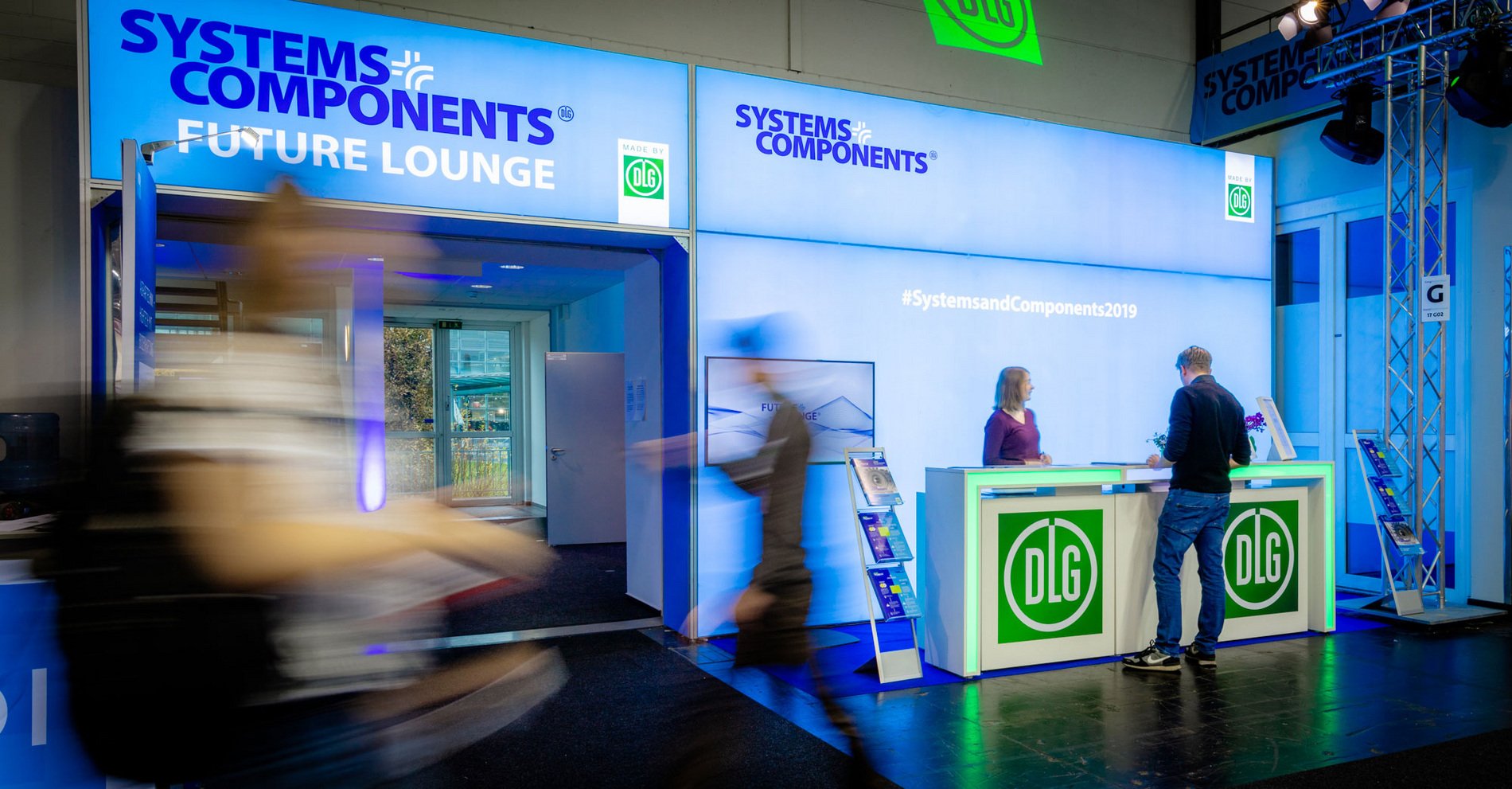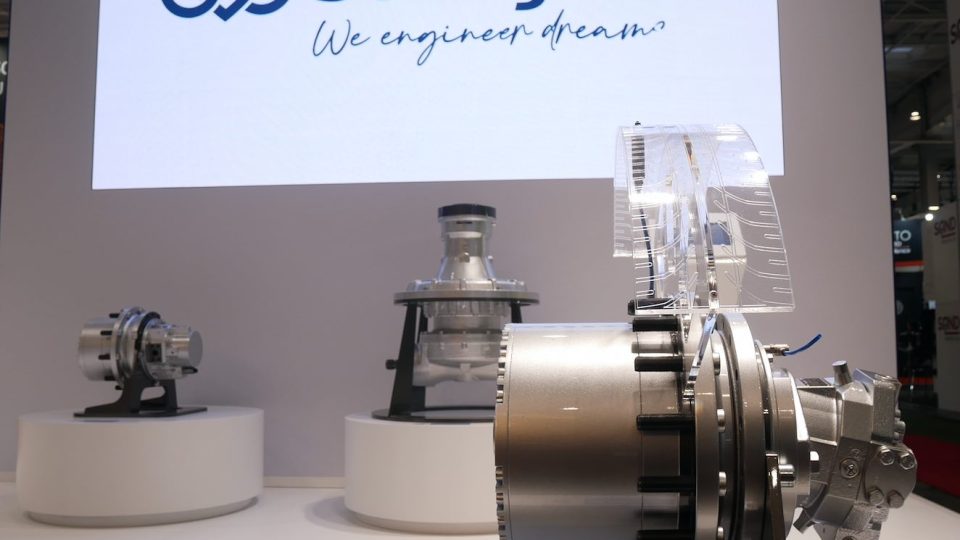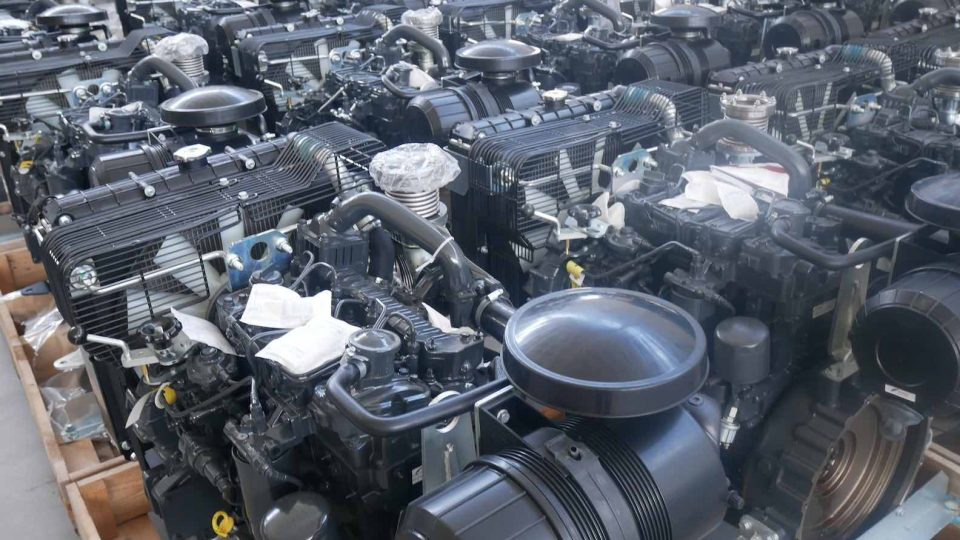Agritechnica Systems and Components: what we’ll see next year
From 27 February to 5 March, during Agritechnica, SYSTEMS & COMPONENTS 2022 will be focussing on technical highlights for use in off-highway vehicles

Agritechnica Systems and Components is certainly one of the places where the world of components for mobile and industrial applications meets, second only to BAUMA and CONEXPO, competing with EIMA International.
Agritechnica is also systems and components
According to the organizers, the operating profiles range from light-duty, semi-static operation in combine harvesters up to and including heavy-duty, alternating operation in wheel loaders. However, there are some similarities as regards the requirements of high-torque working machines that are exposed to heavy loads, extremely dusty environments and harsh climatic conditions. From 27 February to 5 March 2022 , Systems & Components will be presenting the entire range of robust and high-performance drive systems under the motto ‘Green Efficiency – inspired by solutions’. For the foreseeable future, diesel engines will remain the tools of choice for powering many off-highway machines. Heavy-duty dumper trucks, wheel loaders or hydraulic excavators are reliant on flexible diesel engines, which have undergone an increasing number of optimisations in recent years, particularly in terms of innovative low-rotational speed concepts, fuel injection technology and turbocharging. Their efficiency and emission values have now achieved a level that appeared utopic a few years ago. Although the evolution of combustion engines has led to vastly more economical units, however, their average efficiency is still a long way away from the optimum operating point. Added to this mix is the more stringent EU Stage V exhaust emission standard and the trend towards automation and networking. All of these are having an impact on the development of drives for mobile working machines.

Hybrids are going on
The consequence: while the development of off-highway drives was previously aimed at engine measures, the aspects of downsizing and downspeeding through hybridisation are increasingly shifting into the focus of engineers. As a component of such hybrid systems, electric drives are able to support the combustion engine by providing additional energy during output peaks. The electric motor, which simultaneously acts as a generator, can top up the rechargeable battery during idling phases. The mechanical power made available by the combustion engine is therefore transformed into electrical power and can be used directly in the implement or on the tractor. The generation and use of electrical power enable higher diesel engine output, as this power does not enter the mechanical drivetrain. This allows a comparatively large combustion engine to be combined with a smaller gearbox (gearbox downsizing), for instance.
The case of FPT Industrial and Steyr
Another advantage of hybridisation is the possibility of using additional functions that reduce consumption, such as start/stop or crankshaft starting, and of operating power take-offs electrically. Electric motors can be used instead of the mechanical hydraulic system to support the conventional diesel drivetrain either during power take-off operation or to take it over completely. The new drivetrain concepts are paving the way for assistance systems that relieve the driver in the cockpit. Austrian tractor manufacturer Steyr showed where this journey is heading at AGRITECHNICA 2019. The design study it presented in Hanover was developed in cooperation with the engine and gearbox manufacturer FPT Industrial. The core element of the tractor is a modular hybrid electric drive consisting of a four-cylinder diesel engine, a generator and several electric motors that can be actuated individually and supply their energy where it is needed. Propulsion is ensured by four individual wheel hub motors which are supplied by both the generator and a battery. A mechanical gearbox and hydraulic components in the drivetrain are superfluous. The result of this system is a highly-efficient continuously variable drive.
e-Booster
Experts like Johannes Kech, head of turbocharger and fluid system development at MTU in Friedrichshafen, Germany, regard electrically-supported turbocharging as a further milestone on the road to hybridisation. The new technology is intended to be used in engines with outputs of over 450 kilowatts for ships, emergency power generators and off-highway vehicles. The underlying principle: an electric drive is coupled to a classic turbocharger, enabling it to build up its charge pressure earlier thanks to electric boosting. This technology enables an enhanced acceleration capacity and load response capability while reducing fuel consumption and lowering emissions at the same time. With the aid of the electric drive, this is also achieved in operating conditions in which the energy at the turbine is not normally sufficient for fast charge pressure build-up. If the engine control system switches off the electric function, the turbo is operated as a classic exhaust turbocharger.
The look ahead to Systems & Components 2022 shows that developers and design engineers now have access to an extensive modular system that enables them to implement new hybrid drives or electrohydraulic solutions with significant increases in economy and considerably lower operating costs. Fuel savings of up to 40 percent are conceivable. Electrified off-highway machines particularly bring their advantages to bear when they are used in cities or areas with strict environmental regulations.







